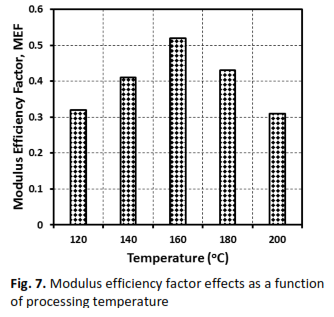The Influence of Process Parameters on Tensile Features of Vetiver Fiber Reinforced Polymer Matrix Composites
DOI:
https://doi.org/10.37934/mjcsm.15.1.1324Keywords:
Composite, Vetiveria Fiber, Low-Density Polyethylene, Sodium Dodecyl Sulfate-Treatment, Tensile PropertiesAbstract
Due to their outstanding specific strength and modulus, fiber-reinforced polymer composites have long been influential in a range of applications. Composites made of thermoplastic and vetiver fiber (VF) offer an alternative to synthetic polymers that cause environmental contamination. The advantages of natural fibers (like banana, sisal, coir, jute, vetiver, flax, hemp, kenaf, etc.) over conventional reinforcing fibers (glass and carbon fiber) are their ease of procurement, renewability, non-corrosive nature, light density, biodegradability, high specific energy (strength of density ratio), and low cost. In place of costly chemical treatment of VF in polymer composites, VF length management has been offered as a low-cost and ecologically friendly alternative. In the current study, VF-reinforced low-density polyethylene (LDPE) composites were altered using the film process stacking method with the hot press compression molding technique using a variety of process parameters, including VF condition (untreated and sodium dodecyl sulfate (SDS) treatment), VF sizes (short VF < 3 cm and long VF > 3 cm), and VF percent (5, 10, and 15 wt%). The tensile modulus and modulus efficiency factor of the LDPE composite were studied in relation to the impacts of VF size, VF content, and SDS treatment. The results showed that a specific amount of tensile modulus and modulus efficiency factor was boosted by VF content up to 10 wt%, processing temperature up to 160oC, and SDS treatment during processing up to 5 hours due to an increase in load bearing and interfacial adhesion. The improvement in tensile modulus and its efficiency factor because of efficient load transfer is evidently attributable to long VF load transfers, which have had a favourable impact. The brittle nature of the fibers caused a loss in ductility.
Downloads












